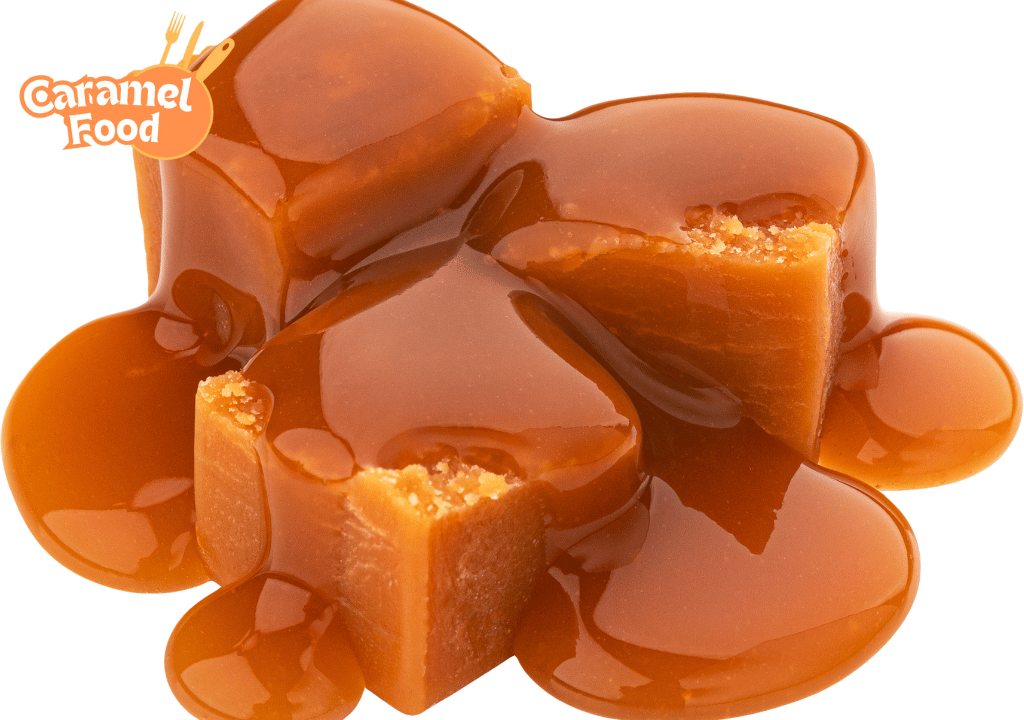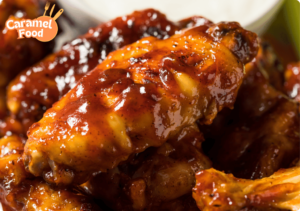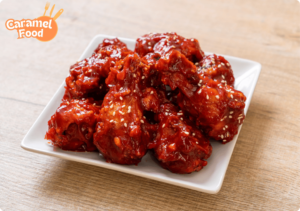Hard Caramel is essentially sugar that has been cooked until it turns a golden brown. This process, known as caramelization, involves heating sugar to a high temperature until it melts and undergoes a series of complex chemical reactions that produce its characteristic flavor and color. The result is a versatile ingredient that can be used in a variety of desserts, from sauces to candies.
Caramel is a timeless confection that delights the senses. From hard caramel to salted caramel and chewy caramel, each variety has its unique charm.
Creating perfect caramel requires understanding the science behind caramelization. It’s about the right temperature and technique to achieve that desired texture.
In this guide, you’ll learn how to master hard caramel. We will explore essential tips, recipes, and the joy of experimenting with flavors.
Get ready to elevate your dessert game with exquisite caramel creations!
The Science Behind Caramelization
Caramelization begins when sugar is heated above its melting point, typically around 320°F (160°C). As the sugar melts, it undergoes a series of chemical changes, breaking down into simpler compounds that contribute to the complex flavor profile of caramel. These compounds include a mix of sweet, nutty, and slightly bitter notes. Understanding these chemical transformations is essential for achieving the right caramel consistency.
To make hard caramel, you’ll need to heat the sugar beyond the initial stages of caramelization until it reaches the hard-crack stage, which is about 300°F to 310°F (149°C to 154°C). At this point, the sugar mixture will harden into a brittle, glass-like consistency when cooled. The precision in reaching this temperature is crucial, as even a slight variation can affect the texture of the final product.
The Role of Temperature
Temperature control is vital in caramel making. Using a candy thermometer is one of the most reliable ways to monitor the temperature accurately. This ensures that the caramel reaches the precise stage necessary for hardening. Additionally, the rate at which the sugar mixture is heated can influence the final flavor of the caramel, with slower cooking allowing for a deeper, more nuanced taste.
Importance of Equipment
Having the right tools can make a significant difference in your caramel-making process. A heavy-bottomed saucepan is recommended to provide even heat distribution, reducing the risk of burning the sugar. A candy thermometer helps in maintaining the correct temperature, while a heat-resistant spatula allows for safe stirring. These tools are essential for achieving consistent results.
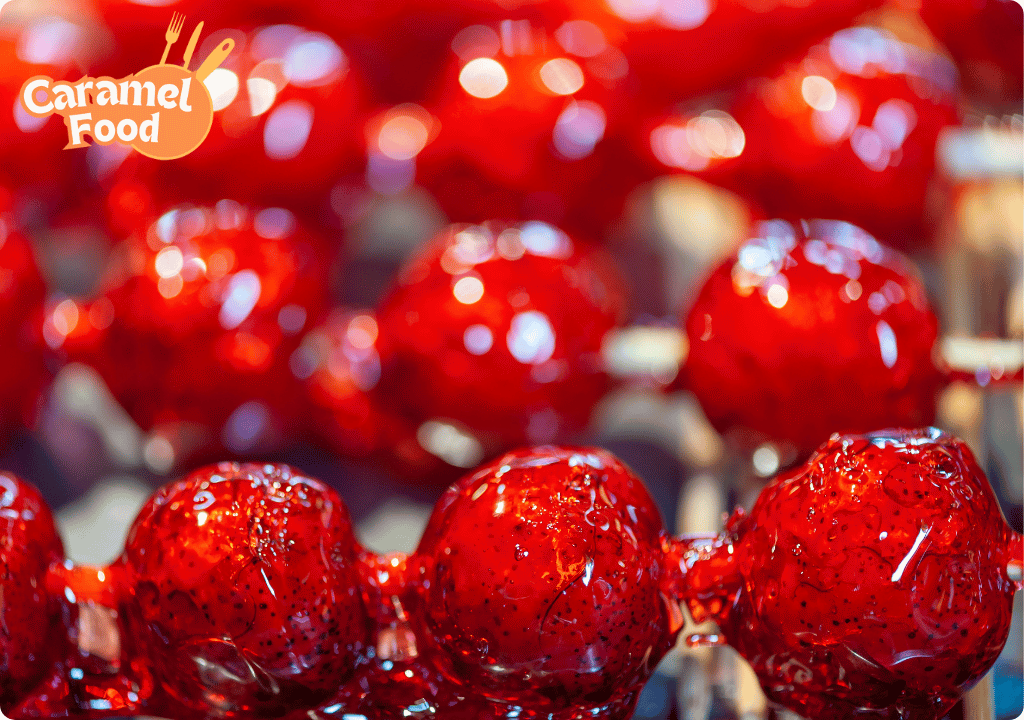
Crafting Perfect Hard Caramel
Creating hard caramel requires precision and patience. Here is a step-by-step guide to help you achieve that perfect, crisp texture.
Ingredients
- 1 cup granulated sugar
- 1/4 cup water
- 1/4 cup light corn syrup
- 1/4 teaspoon salt (optional, for salted caramel)
- Butter or non-stick spray (for greasing the pan)
These ingredients are the foundation for your caramel. The combination of sugar, water, and corn syrup helps control crystallization, ensuring a smooth final product. Adding salt can enhance the flavor, providing a contrast that highlights the caramel’s sweetness.
Equipment
- A heavy-bottomed saucepan
- Candy thermometer
- A heat-resistant spatula
- A baking sheet lined with parchment paper or a silicone mat
The right equipment is crucial for making caramel. A heavy-bottomed saucepan helps distribute heat evenly, preventing hotspots that could lead to burning. A candy thermometer ensures precise temperature control, while a heat-resistant spatula allows for safe stirring and spreading of the hot caramel mixture.
Instructions
- Prepare the Pan: Begin by lightly greasing your baking sheet or lining it with parchment paper or a silicone mat. This will prevent the caramel from sticking once it cools. Ensuring the surface is well-prepared is key to effortlessly removing the caramel once it sets.
- Combine Ingredients: In the saucepan, combine the sugar, water, and corn syrup. If you’re making salted caramel, add the salt at this stage. Mixing these ingredients thoroughly ensures even caramelization and prevents any graininess in the final product.
- Heat the Mixture: Place the saucepan over medium heat. Stir the mixture until the sugar has dissolved completely. Once dissolved, stop stirring to avoid crystallization. Avoiding agitation once the sugar dissolves is crucial as stirring can cause the sugar to recrystallize, ruining the smooth texture.
- Monitor the Temperature: Attach the candy thermometer to the side of the saucepan without touching the bottom. Allow the sugar mixture to boil. As it cooks, the color will change from clear to golden brown. Observing these color changes helps in gauging the caramel’s progress.
- Reach the Hard-Crack Stage: Watch the temperature closely. Once it reaches between 300°F to 310°F, remove the pan from the heat. This is the hard-crack stage where the caramel will harden properly. Precision in timing is essential to prevent burning and ensure the caramel sets with the desired texture.
- Pour and Cool: Carefully pour the hot caramel onto the prepared baking sheet. Use a spatula to spread it thinly and evenly. Allow it to cool completely until it hardens. Spreading the caramel evenly ensures a uniform thickness, which contributes to a consistent texture when broken into pieces.
- Break into Pieces: Once the caramel has cooled and hardened, break it into pieces using your hands or a mallet. This final step allows you to create perfectly sized pieces for serving or incorporating into other desserts.
Tips for Making Salted Caramel
Salted caramel is a delightful variation that adds a savory contrast to the sweetness of caramel. Here are some tips for achieving the perfect balance:
Use Fine Salt
Fine sea salt works best as it dissolves quickly and evenly. Avoid coarse salt, which may not distribute as well. The quick dissolution of fine salt ensures a consistent flavor throughout the caramel, enhancing the overall taste experience.
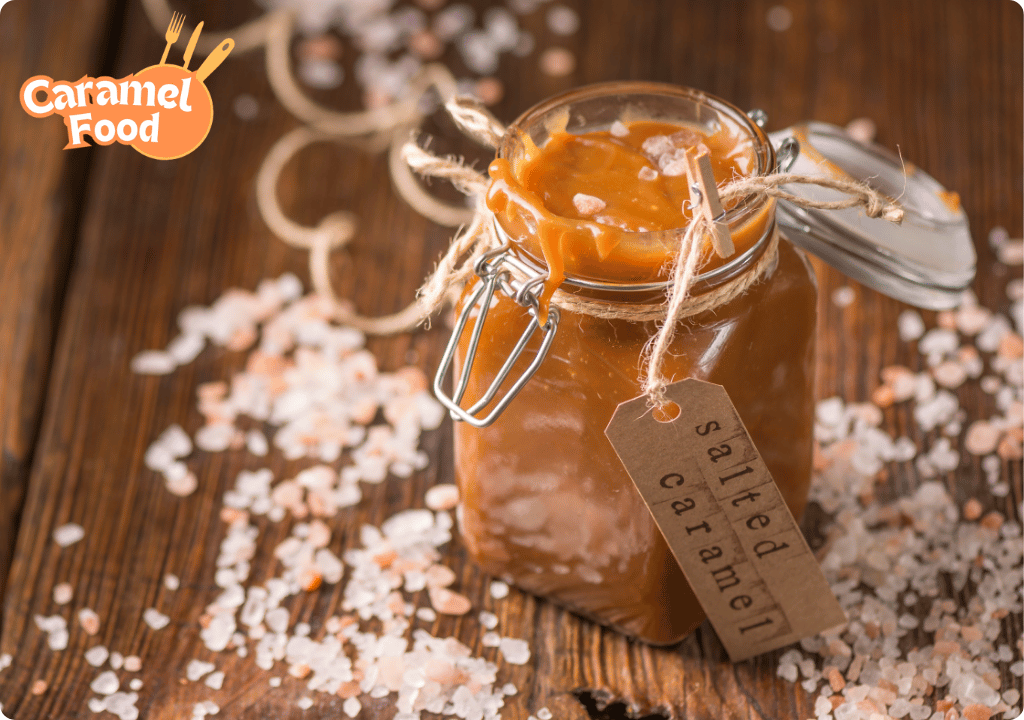
Add Salt Early
Incorporate the salt into the sugar mixture at the beginning to ensure it infuses throughout the caramel. Early addition allows the salt to blend seamlessly, preventing any uneven pockets of saltiness in the finished product.
Adjust to Taste
Start with a small amount of salt and adjust according to your preference. You can always add more, but you can’t remove it once it’s mixed in. Tasting and adjusting is key to achieving a personalized flavor balance that suits your palate.
Experiment with Salt Types
Different salts can impart unique flavors to your caramel. Consider experimenting with smoked salt or Himalayan pink salt for a distinct twist on the classic salted caramel. Each type of salt can bring a new dimension to your caramel, enhancing its complexity.
Exploring Chewy Caramel
While hard caramel has its own appeal, chewy caramel is another favorite. The process for making chewy caramel is slightly different as it involves incorporating cream and butter into the sugar mixture. This creates a softer texture that’s perfect for candies and fillings.
Ingredients for Chewy Caramel
- 1 cup granulated sugar
- 1/2 cup heavy cream
- 1/4 cup light corn syrup
- 1/4 cup unsalted butter
- 1/4 teaspoon salt (optional)
These ingredients work together to create a rich, creamy caramel. The addition of cream and butter not only softens the texture but also adds a luxurious depth of flavor, making it ideal for various confectionery applications.
Instructions for Chewy Caramel
- Melt the Butter and Sugar: In a saucepan, combine the sugar, corn syrup, and butter. Heat over medium heat until the butter melts and the sugar dissolves. The initial melting of these ingredients forms the base of the chewy caramel, ensuring a smooth consistency.
- Add Cream: Gradually stir in the heavy cream. Be careful, as the mixture will bubble vigorously. Adding cream slowly helps control the bubbling, reducing the risk of overflow and ensuring even incorporation.
- Cook to Soft-Ball Stage: Continue to cook the mixture until it reaches the soft-ball stage, around 240°F (115°C). This ensures a chewy texture. Monitoring the temperature closely is crucial for achieving the desired softness without compromising the caramel’s structure.
- Pour and Cool: Pour the caramel into a greased pan and let it cool. Once set, cut it into squares. Allowing the caramel to cool completely is essential for achieving the right texture, making it easier to cut into neat, uniform pieces.
Storing and Serving
Proper storage is important for maintaining the texture and flavor of chewy caramel. Wrap individual pieces in wax paper to prevent them from sticking together. Store them in an airtight container to keep them fresh and chewy.
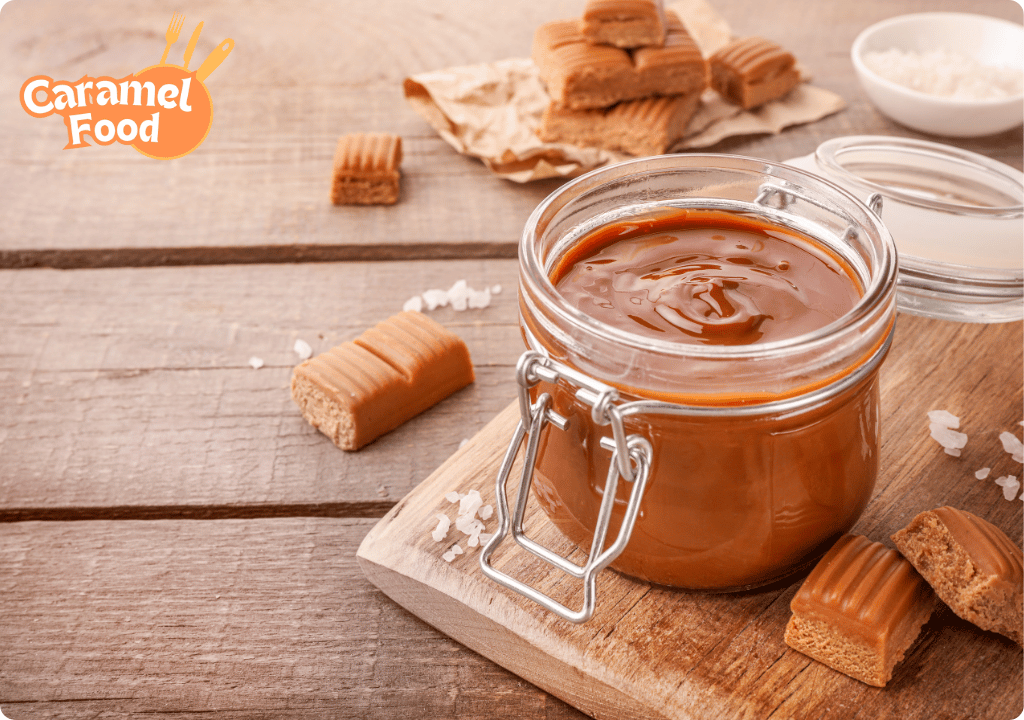
Conclusion
Mastering the art of caramel, whether hard, salted, or chewy, opens up a world of culinary possibilities. By understanding the science behind caramelization and following precise steps, you can create delightful confections that are sure to impress. Experiment with different techniques and flavors to discover your own caramel creations!
The Joy of Experimentation
Don’t be afraid to experiment with flavors and textures. Adding ingredients like vanilla, coffee, or spices can transform your caramel into a unique creation. Each batch is an opportunity to explore and refine your caramel-making skills.
Sharing Your Creations
Caramel confections make wonderful gifts for friends and family. Packaging them in decorative boxes or jars adds a personal touch, making your homemade caramel a cherished treat. Sharing these sweet creations can bring joy to those around you.
Continuing the Journey
Caramel making is a journey of continuous learning and improvement. As you become more confident in your skills, try tackling more complex caramel recipes or integrating caramel into other desserts. The possibilities are endless, and each new creation is a testament to your culinary expertise.
